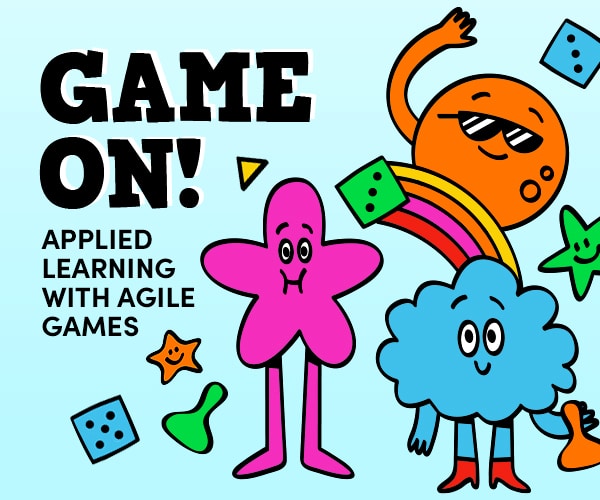This game illustrates the importance of dealing with technical debt. Over the course of 10 sprints, a software development team will try to deliver as much software value as possible. The team can invest in measures that reduce the burden of technical debt. While there’s a short-term price, these measures also bring long-term benefits.
Before you begin, download the ZIP file containing all the materials that you will need to print.
Suggested duration: Approximately 30 minutes.
Recommended number of players: Between 2 and 4. All players will be members of the same team, making decisions together.
Materials
- 12 dice.
- Printed copy of the rules.
- Printed copies of the scoring sheet and tracking sheet.
- A pencil or pen.
Instructions
More detailed instructions are available in the ZIP file. Here are the basics of playing the game.
- The team has 12 dice, representing the team’s capacity. Some of that capacity will be available to create new software value. Technical debt will consume the rest of that capacity.
- Every turn represents a sprint. Each turn, the team rolls dice to determine how much software value they will create.
- First, roll the New Value dice. To start, the team has 8 New Value dice. Get the total from all the dice rolled.
- Second, roll the Technical Debt dice. To start, the team has 4 Technical Debt dice. Again, get the total.
- Subtract the Technical Debt total from the New Value total. The result is the actual amount of value created this turn.
- Before rolling the dice each turn, the team can decide to invest in measures that will reduce technical debt. Each measure has a cost, measured in New Value dice that will be unavailable for a number of turns.
- See the ZIP file for the costs and benefits of the four measures.
- Once the team has met the required cost (for example, removing 2 New Value Dice for 3 sprints), the team gets the benefit from the next sprint onwards. The team gets back the New Value dice invested in the technical debt-reducing measure.
- Each measure has a different benefit. Some shift capacity (dice) that used to be spent on technical debt into the New Value pool.
- At the end of 10 turns, total the cumulative value created across all sprints. That’s the team’s final score. The tracking sheet lets you compare your score to a baseline, representing the average score for teams that didn’t invest in any technical debt-reducing measures.
Debrief
Take at least 10-15 minutes to discuss the results of the game. Some important questions to consider include the following:
- Did you pursue a good strategy?
- Do you follow this strategy in real life?
- If not, what stops you from dealing with technical debt in the real world?
- How can you convince people that a short-term investment in technical debt reduction will have long-term benefits?
- What can you do to prevent further debt?
Further information
Dice Of Debt is part of a packet of materials that the Agile Alliance has published to help software professionals understand and address technical debt. Click here to see the full set of materials.





